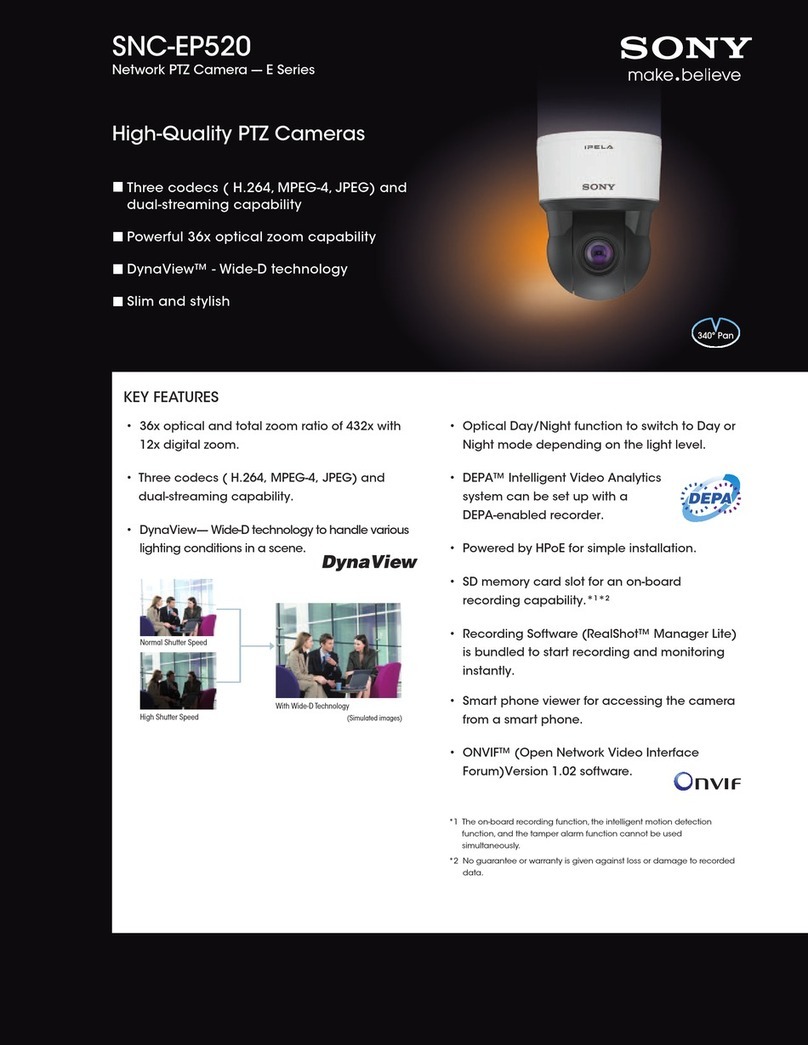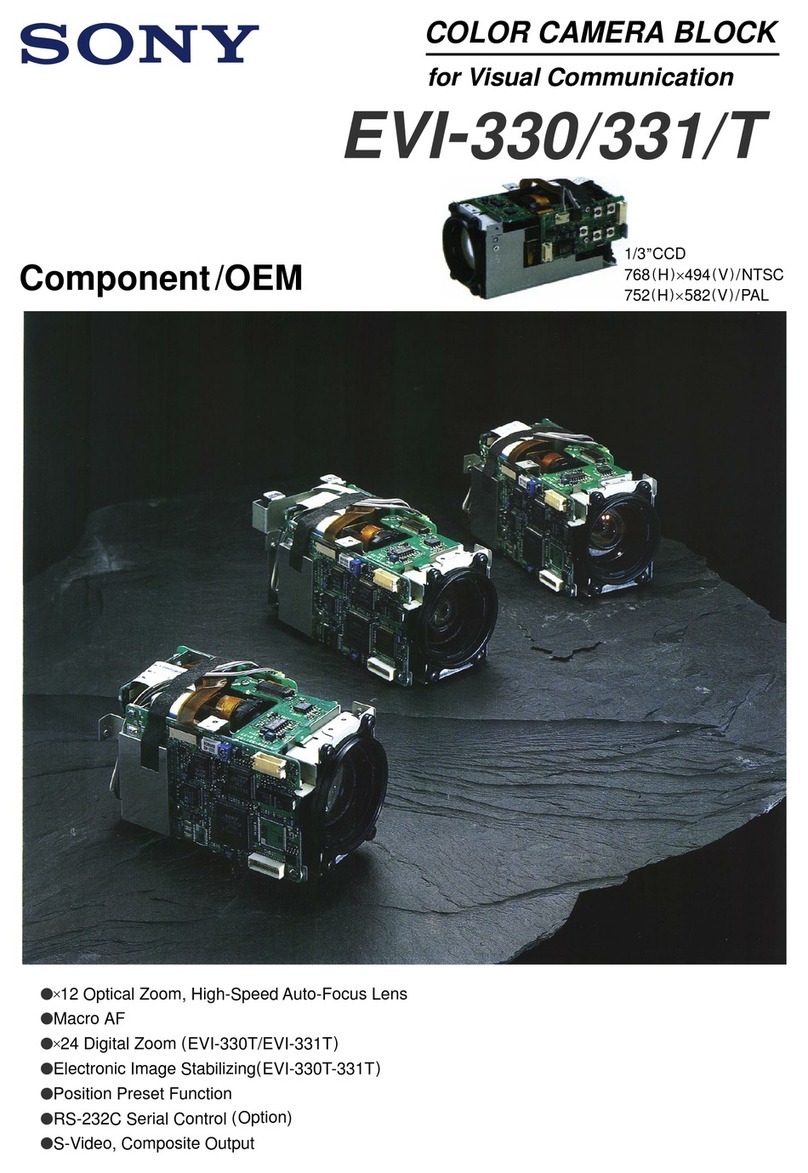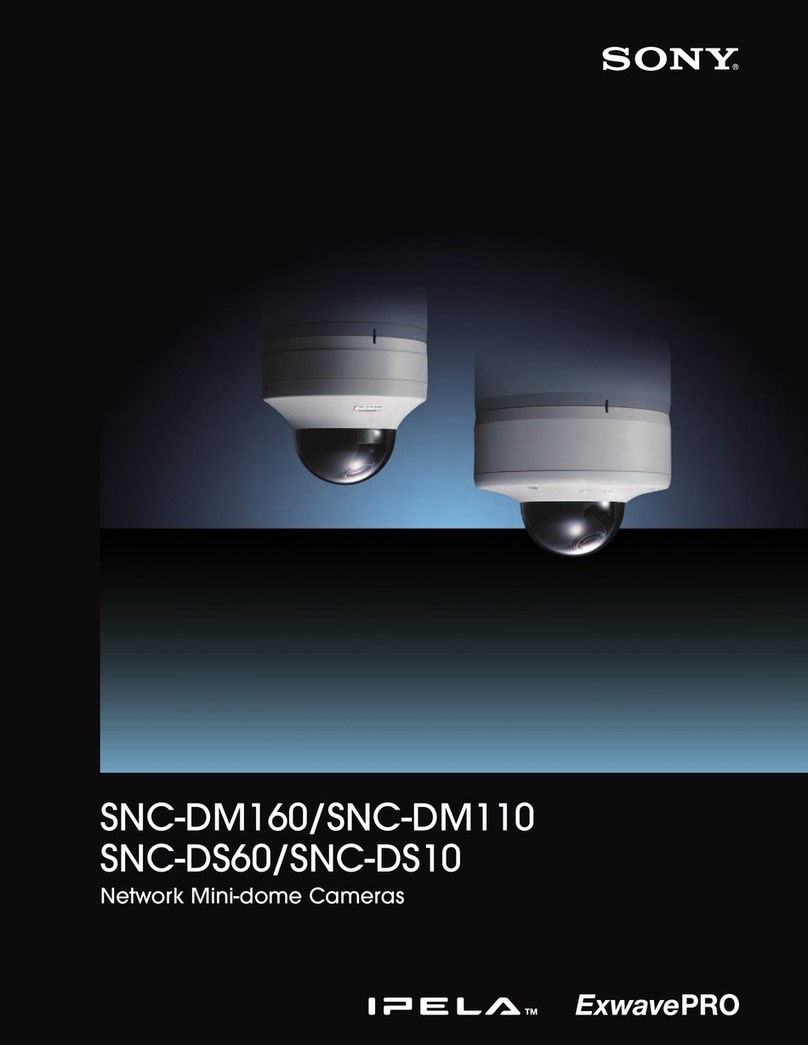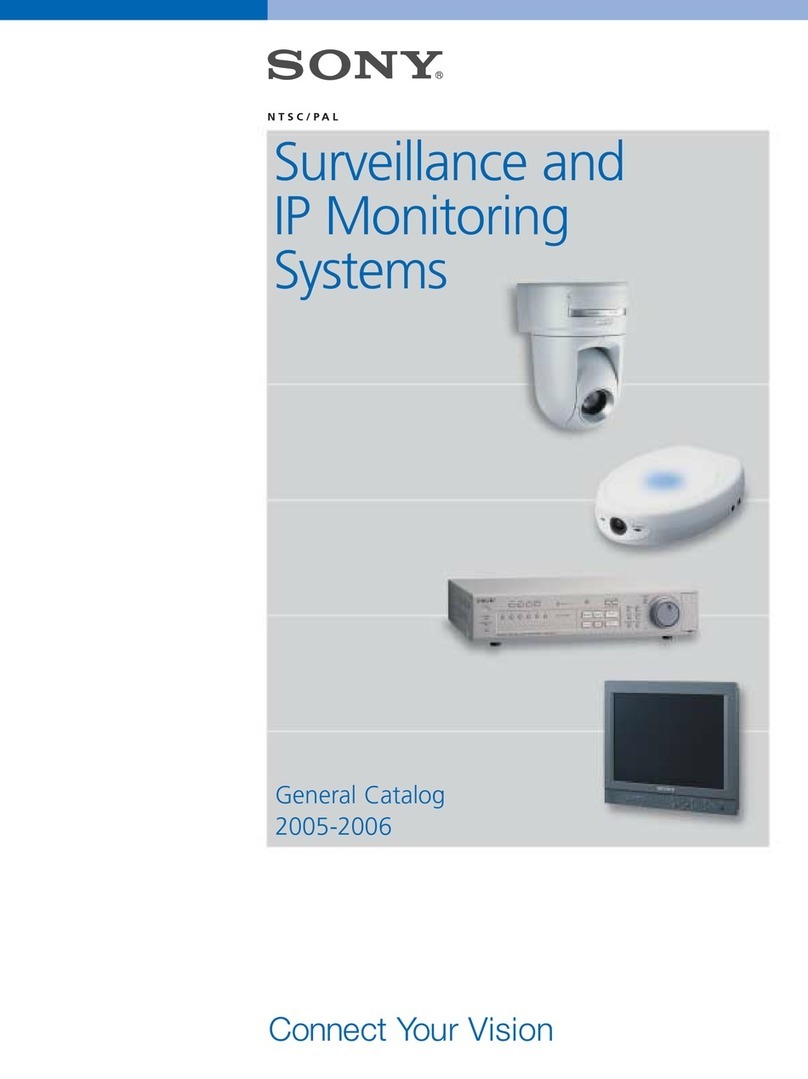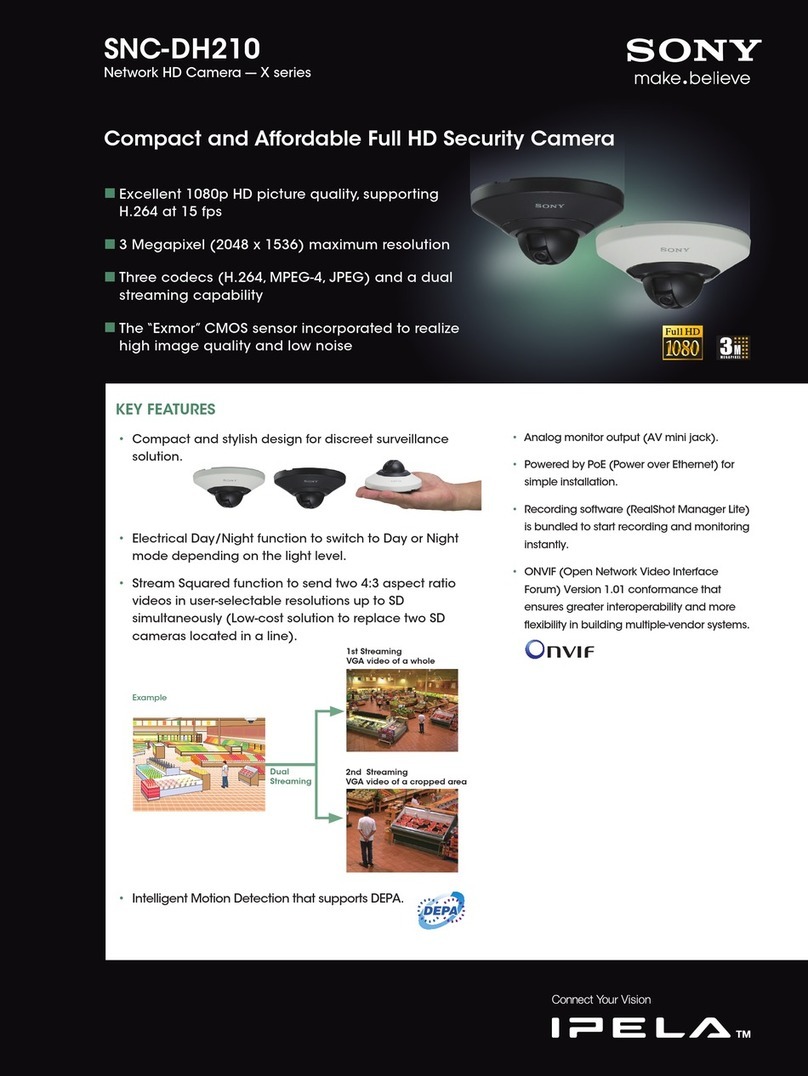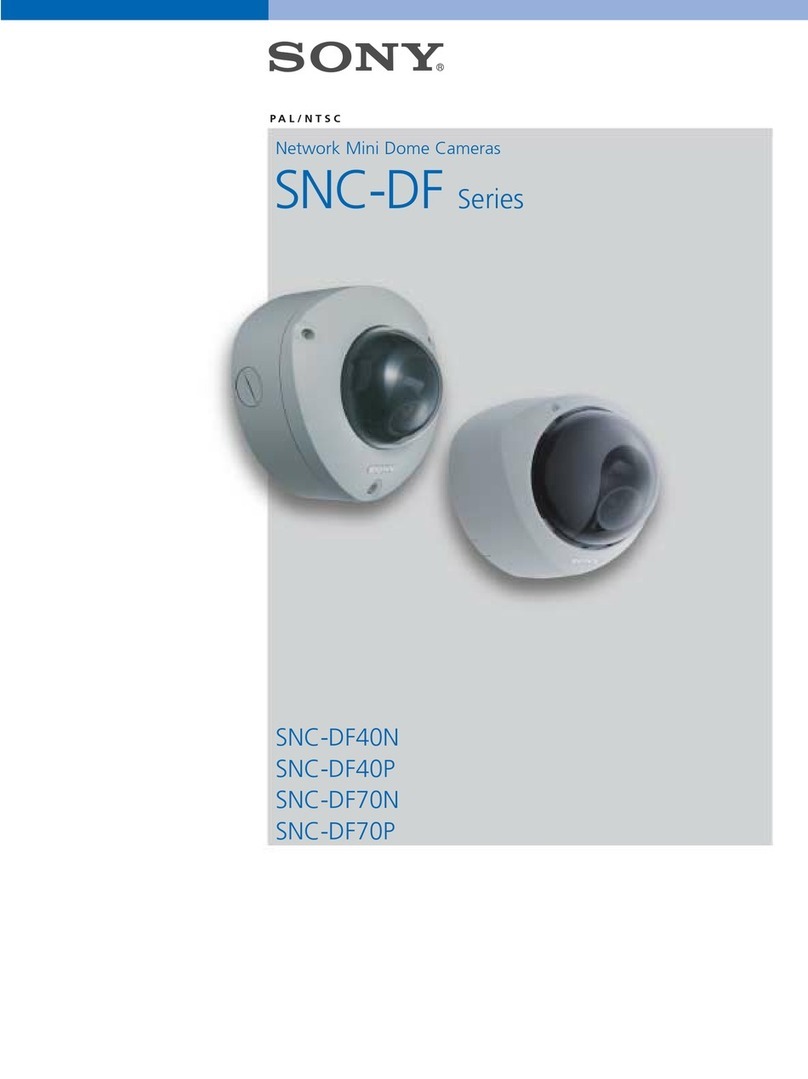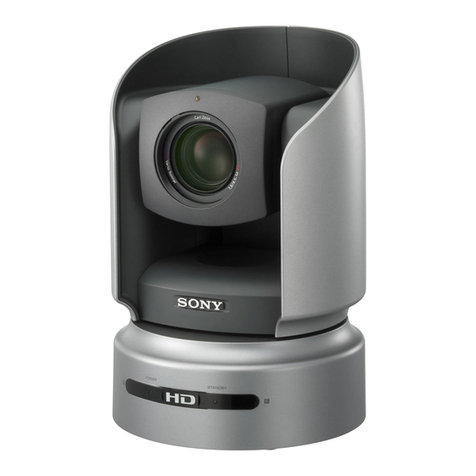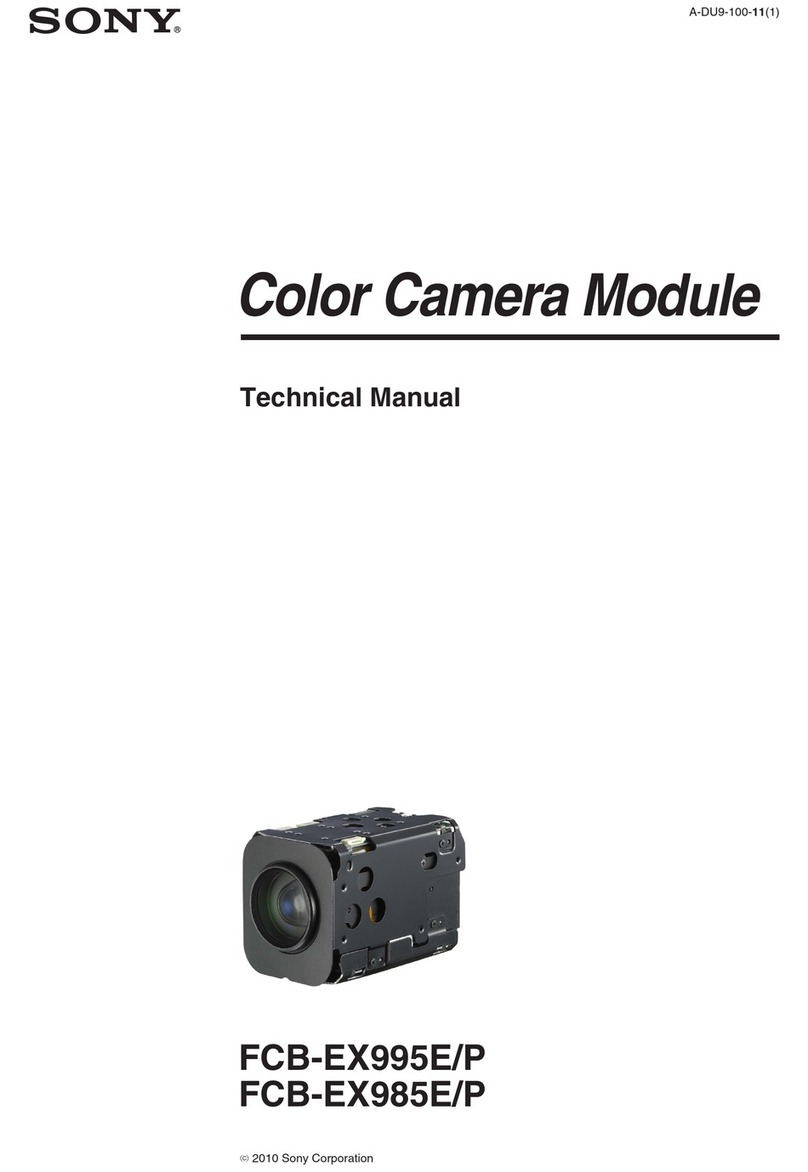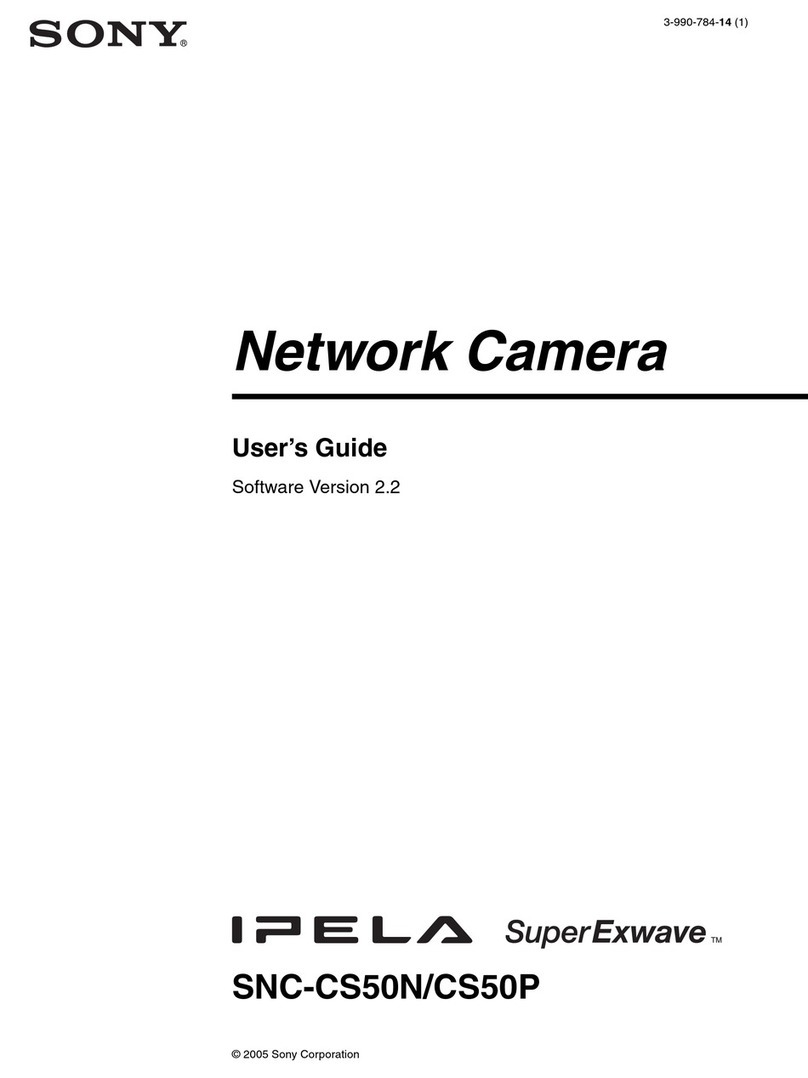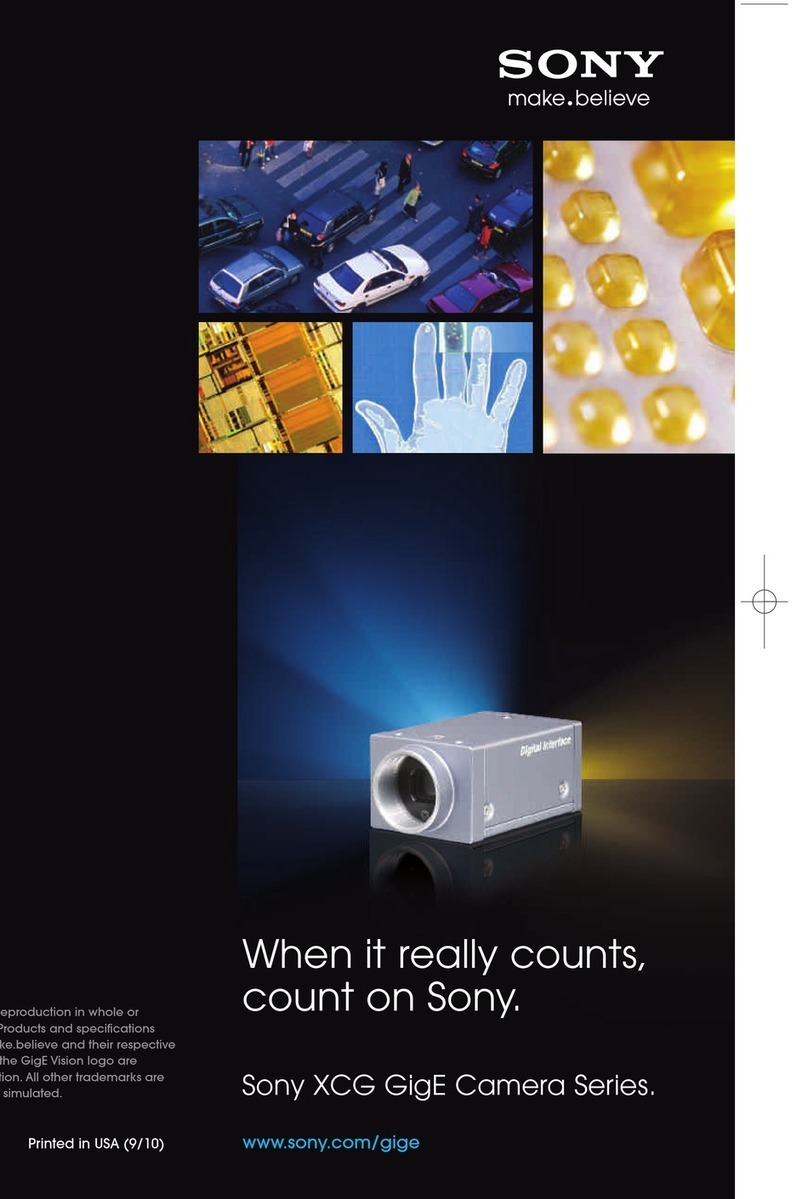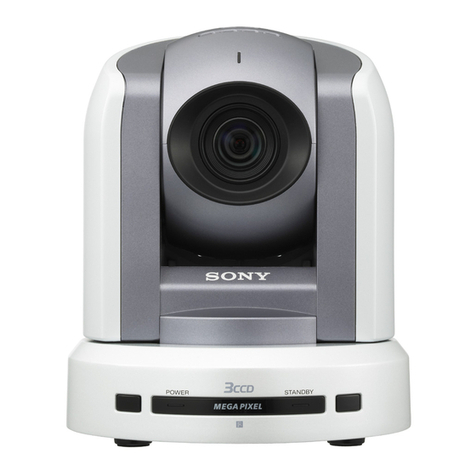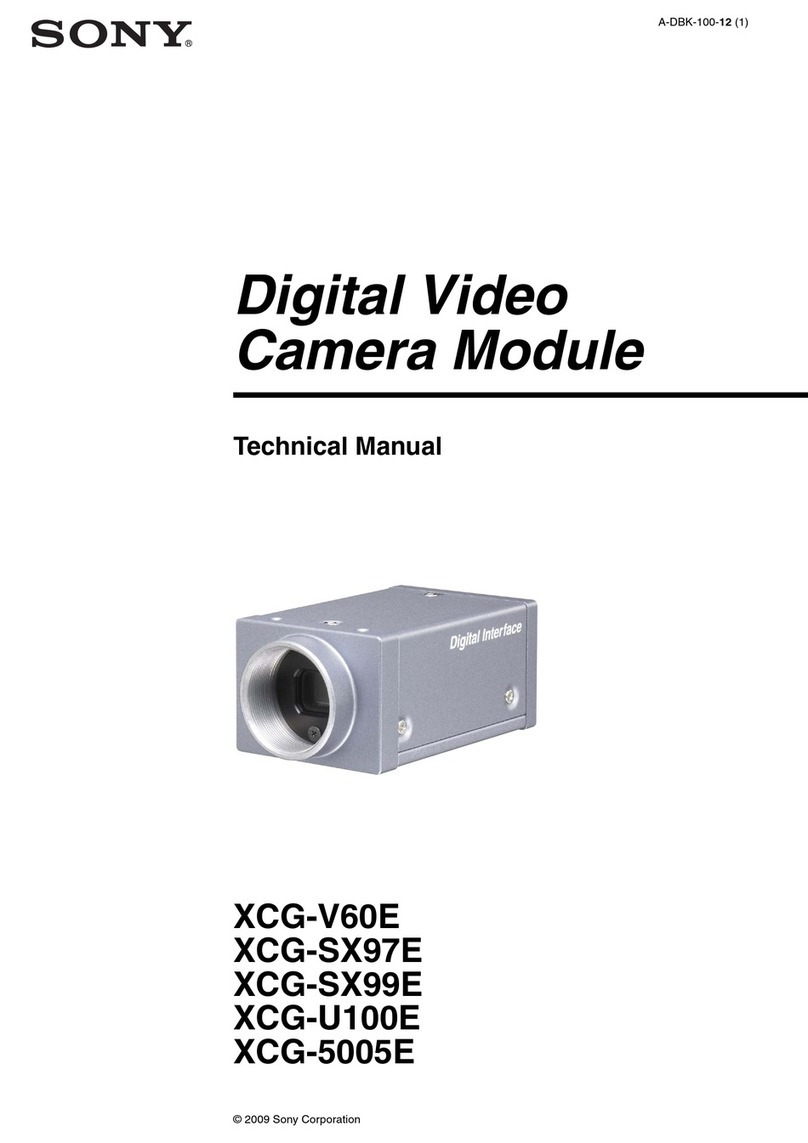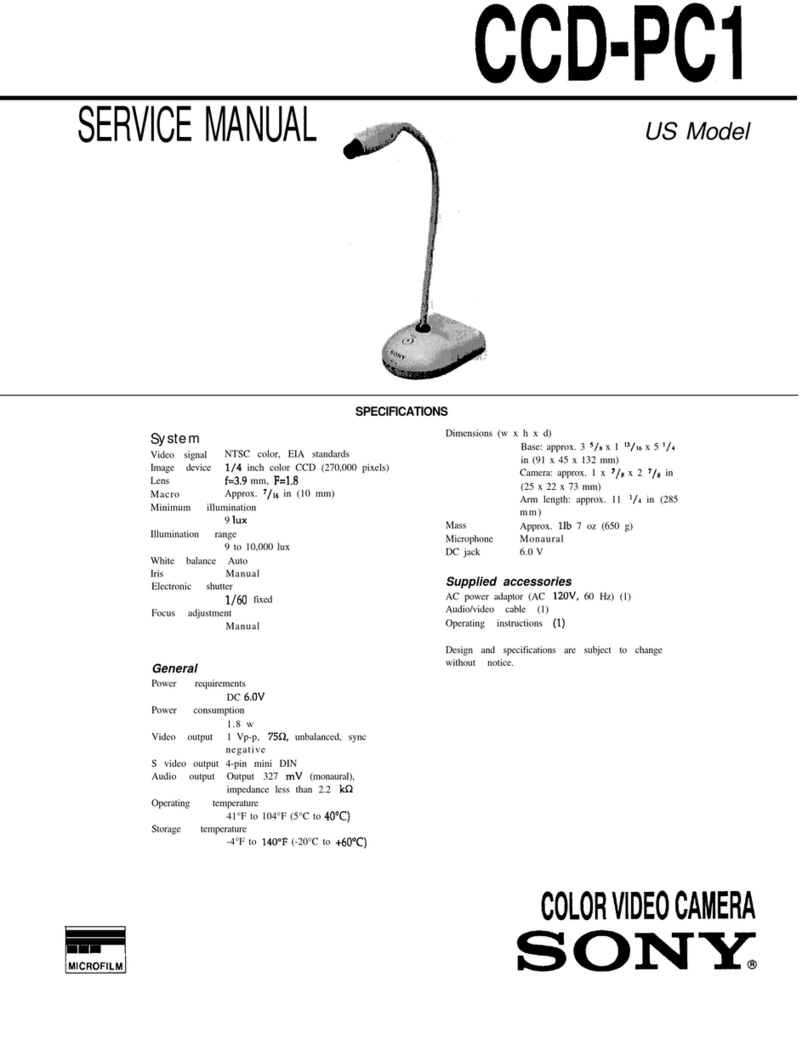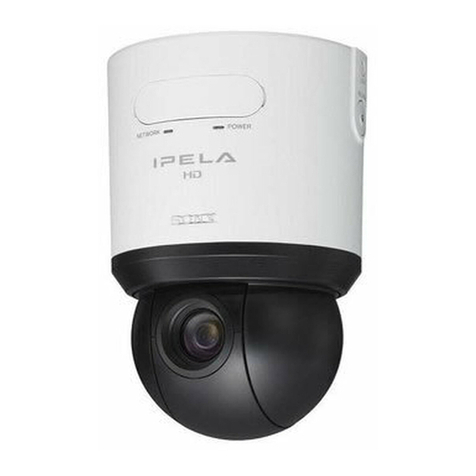
For more information contact the Sony Business Information Centre: 01932 816340
Farsight Chooses
the HSR-1P
One of the UK’s largest remote video monitoring
companies has chosen the Sony HSR-1P to replace
its existing complement of time-lapse video recorders and multiplexers.
On a weekly basis Farsight (UK) Ltd, based in Peterborough, makes and receives in
excess of 20,000 video patrols/alarms from its diverse mix of clients situated
throughout the UK.
Farsight is currently using two HSR-1P digital surveillance recorders and 40
DV270 tapes to meet all its recording requirements. Farsight Operations Manager,
Paul Dadford,explains:“Traditionally, all video was recorded toVCR. However, as
each video receiver requires a VCR and at least 30 tapes, retrieving video data from
archive was a time-consuming, inefficient and labour-intensive task.”
Farsight’s R&D department was therefore tasked to provide a recording solution
that would reduce the time taken to retrieve archive video and reduce the overall
effort required to manage video recording across 14 video receivers.
Four digital surveillance recorders were chosen for evaluation. Only the HSR-1P
provided a complete integrated solution with the digital recording cached to hard
disk and then copied to the integral DV tape.
Paul Bromley, Farsight IT Manager, says the HSR can be linked with Sony’s PMS
video transmission system, allowing both units to be controlled from one software
platform giving a totally integrated solution. “The use of DV technology gives the
HSR-1P an impressive storage capability.The system is easy to use, compact and
extremely robust.”
The integration of the DV tape also had unexpected benefits, in that software
written at Farsight to log the incoming and outgoing video patrols, now controls the
HSR-1P directly, enabling retrieval of archive video footage in minutes instead of
hours as was the case with the old VCR recording system.
“Instead of wading through banks and banks of video cassette tapes, I only have
to enter the time and date in search mode and the incident is immediately retrieved.
Additionally, the unique Sony water-mark on every recorded frame gives our client
base a guarantee that no digitally stored information has been tampered with.
“The introduction of the HSR-1P has enabled us to provide better quality video
recording for our clients while at the same time reduce the overall work required to
administer a complex video recording system.”
5
case study
